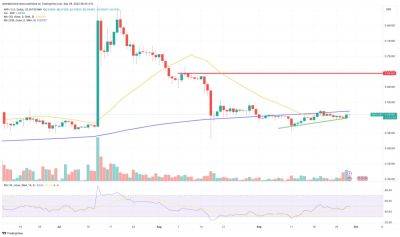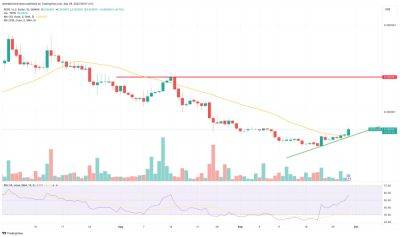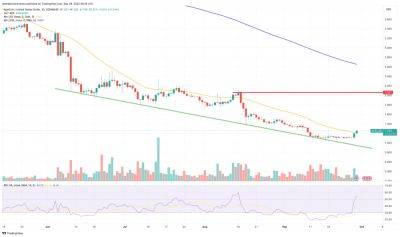Do Bitcoin halvings spark BTC price rallies, or is it US Treasurys?
The relationship between Bitcoin’s price and U.S. Treasury yields has long been considered a strong indicator due to historical data and the underlying rationale.
In essence, when investors turn to government-issued bonds for safety, assets like Bitcoin (BTC), which are considered risk-on, tend to perform poorly.
A noteworthy chart shared by TXMC on X (formerly known as Twitter) makes the argument that Bitcoin halvings have coincided with “relative local lows” in the 10-year Treasury yield. Despite the questionable use of the term “relative,” which doesn’t precisely match a three-month low, it’s still worth examining the macroeconomic trends surrounding past halvings.
#BTC halvings have coincidentally arrived at local lows in treasury yields each of the first 3 times. After these moments, risk assets rose broadly while growth expectations also improved.
Thus a myopic Bitcoin narrative about supply shocks was born. But it was always macro. pic.twitter.com/KGQ4TMeKWC
First and foremost, it’s important to emphasize that the author asserts that the correlation should not be taken as a “direct causal link between yields and BTC price.” Furthermore, TMXC argues that over 92% of Bitcoin’s supply has already been issued, suggesting that daily issuance is unlikely to be the factor “propping up the asset’s price.”
First, it’s essential to recognize that human perception is naturally inclined to spot correlations and trends, whether real or imaginary.
For instance, during Bitcoin’s first halving, the 10-year yield had been steadily rising for four months, making it challenging to label that date as a pivotal moment for the metric.
One might give some benefit of the doubt since, in fact, leading up to Nov. 28, 2012, yields dipped below
Read more on cointelegraph.com






















